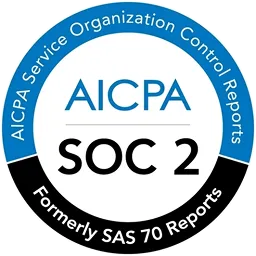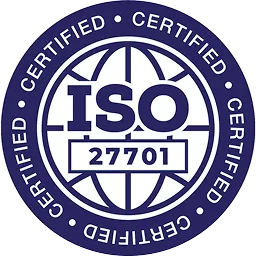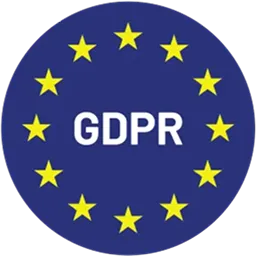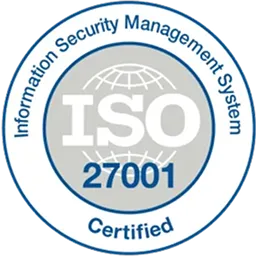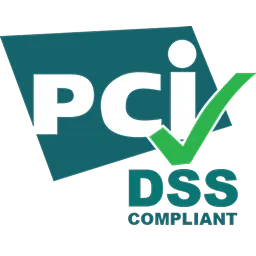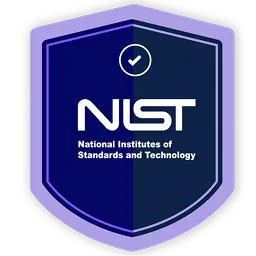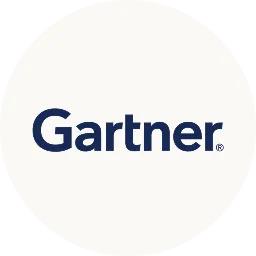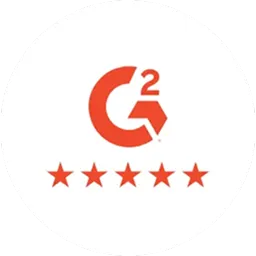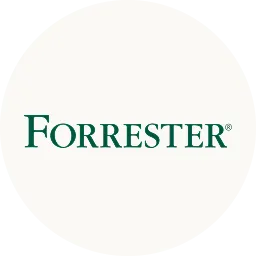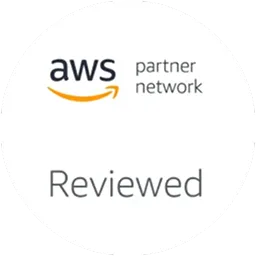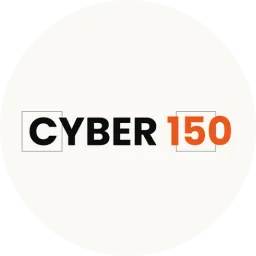Secureframe Comply and Vanta (YC W18) are renowned compliance automation platforms. They guide organizations of all sizes through the compliance journey. They both offer features that help organizations successfully secure SOC 2, HIPPA, GDPR certification, and a few more. Though they share similar goals, they have unique ways of helping you reach your compliance goal. In this article, we'll discuss how Secureframe vs Vanta differs.
You may ask, 'Why is there even a need to understand the difference between Secureframe vs Vanta?' One can choose whichever is more popular (opted by most organizations).
Here's a thing you need to understand — Every organization has a unique need, so the solution that works for one organization might not necessarily work for you.
For example, there are two organizations: A and B. Organization A is looking for a compliance tool that helps with control policy creation. In contrast, organization B wants one that offers lightweight agents to perform security and vendor background checks.
So, Secureframe will be perfect for organization A because it offers content management features (which Vanta lacks). Meanwhile, Vanta will be more fitting for organization B because it offers a lightweight agent (which Secureframe doesn't offer).
Now, if organization A opts for Vanta, it will simply not be able to meet its requirements as it doesn't offer that feature. Likewise, organization B won't be able to meet its requirements by opting for Secureframe. This highlights how important it is to carefully assess your needs when considering Secureframe vs Vanta.
In simple words, you cannot use Vanta in place of Secureframe to meet your needs and vice versa; they both offer tools and features that cater to different needs.
Therefore, don't just pick the popular one. Take your time and evaluate your needs before locking yourselves into a commitment. Otherwise, you will discover mid-way through your compliance journey that the tool you chose is not serving its purpose. The money you have invested will go to waste! Plus, your entire compliance preparation will be hindered!
Note: Secureframe and Vanta are full-featured compliance automation platforms. They offer tools and features such as risk assessments, designing controls, incident management, trust centers, questionnaire automation, access reviews, generating reports, and more. Basically, they have you covered from start to finish. However, all these features come in a complete package, and that package can be a bit pricey.
Now, the real issue is that not every organization wants a full-featured compliance automation platform. Many generally look for a solution that offers a feature that their existing tool lacks. But since such solutions offer a complete package, they end up opting for them (left with no option) and bearing the full cost (even when they know they won't be using the complete set of features).
However, this issue can be addressed. Let's say you already have a tool that handles most of the tasks as mentioned above, and simply want an access review solution.
So, rather than bearing the complete cost of a full-featured solution, you can opt for Zluri's access review solution (an economical option). It will perform an in-depth user access review (you have to specify which application you want to review and which type of users need to be reviewed in the access certification workflow). After that, it will find out if there is any access misalignment, and if it finds any anomalies, it will auto-remediate them (without manual involvement). Lastly, it outlines all its actions in the UAR report, which you can later examine to understand whether or not the review process was carried out correctly.
Now, let's get into the differences between Secureframe vs Vanta.
Secureframe Vs Vanta: 7 Key Parameters To Compare
Let’s understand the various parameters that help you choose the right one between Secureframe vs Vanta.
1. Key features
Both platforms (i.e., Secureframe vs Vanta) offer powerful features, but understanding their differences can help businesses choose the right solution. Let’s explore the key capabilities each platform provides.
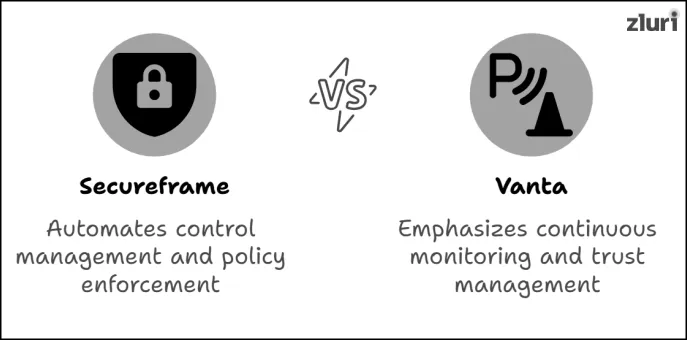
Key Features of Secureframe
Below are its standout features:
- Secureframe AI: Secureframe AI automates compliance by analyzing an organization's security posture, identifying gaps, and providing actionable insights.
Example: Suppose an organization lacks MFA on critical systems- Secureframe AI flags this as a compliance gap and recommends corrective measures to align with SOC 2 standards.
Also Read: Preparing for a SOC 2 Audit? Go through the article to know all the details around it
- Controls Management: Manually managing compliance controls can be cumbersome. Secureframe streamlines this process by automating the creation and tracking of controls aligned with various frameworks, such as SOC 2, ISO 27001, and HIPAA.
Example: Secureframe helps organizations map their internal processes to compliance requirements, ensuring that encryption policies and access controls are consistently enforced across all systems.
Also Read: To better understand different access control methods, check out this article on the 4 Types of Access Control
- Policy Management: Secureframe simplifies policy creation and enforcement by providing pre-built templates and automated tracking. Organizations can easily update, distribute, and ensure employee acknowledgment of compliance policies.
Example: A company rolling out a new data security policy can use Secureframe to automate employee sign-offs and set periodic reviews to align with evolving regulations.
Also Read: Regular reviews are crucial to maintaining compliance—learn more about it in the Periodic User Access Review article
- Access Management: Secureframe integrates with identity providers, such as Okta and Azure AD, to reduce compliance risks and enforce strict access controls. It ensures that only authorized personnel can access sensitive systems.
Example: Secureframe can automatically revoke access for employees who no longer require it, helping organizations maintain the principle of least privilege access.
- Questionnaire Automation: Preparing for audits involves responding to detailed compliance questionnaires. Secureframe automates this by pre-filling responses using existing compliance data.
Example: When undergoing a vendor security assessment, Secureframe pulls relevant information- such as encryption standards and incident response procedures- reducing manual effort and accelerating the process.
Key Features of Vanta
When comparing Secureframe vs Vanta, one of the key differentiators is Vanta's emphasis on continuous monitoring.
Here's a breakdown of its other core capabilities:
- Vanta AI: Vanta AI provides real-time security insights by continuously scanning systems for vulnerabilities and offering recommendations to mitigate compliance risks.
Example: If an organization runs outdated software that poses security risks, Vanta AI alerts the compliance team and suggests an immediate patch to maintain ISO 27001 compliance.
- Continuous GRC: Vanta offers continuous compliance monitoring by automating risk assessments, security controls, and audits- transforming compliance into an ongoing process rather than a periodic task.
Example: If an unauthorized device connects to the corporate network, Vanta's continuous GRC feature detects and alerts the security team, allowing for quick resolution before an audit.
- Questionnaire Automation: Just like Secureframe, Vanta simplifies compliance audits by automating security questionnaire responses. It pulls verified data from integrated systems to ensure accurate and timely responses.
Example: If a business partner requests details about data encryption practices, Vanta auto-generates accurate responses based on existing compliance configurations.
- Trust Management Platform: Vanta's trust management platform enables organizations to showcase their security posture and compliance status to stakeholders, clients, and auditors.
Example: Businesses can share SOC 2, and HIPAA compliance reports with customers through a secure, real-only portal, enhancing transparency and building trust.
When deciding between Secureframe vs Vanta, organizations must consider their specific needs—whether they prioritize automated control management and policy enforcement (offered by Secureframe) or continuous compliance monitoring and trust management (offered by Vanta).
2. Supported Compliance Standards
Let’s explore the differences between Secureframe vs Vanta in terms of the compliance standards they support.
- Secureframe supports a broad range of compliance standards to meet both global and industry-specific needs. Key frameworks include:
- SOC 2: Ideal for SaaS providers that need to prove strong data security controls.
- ISO 27001: Suitable for global organizations requiring an information security management system (ISMS).
- HIPAA: Designed for healthcare providers that handle protected health information (PHI).
- PCI DSS: Critical for businesses processing credit card payments to secure financial data.
When comparing Secureframe vs Vanta, Secureframe stands out for organizations with complex compliance needs spanning multiple regulatory frameworks. For example, a healthcare-focused SaaS provider might need both SOC 2 and HIPAA compliance, which Secureframe can handle through multi-framework mapping and automation.
- Vanta simplifies compliance with core standards, such as:
- SOC 2: Enables companies to secure customer data quickly by aligning security practices with requirements.
- ISO 27001: Helps build a comprehensive security management system for international operations.
Vanta focuses on quick, continuous compliance, making it ideal for startups or fast-growing businesses that need rapid audit readiness. Businesses evaluating Secureframe vs Vanta should consider whether they require a broader compliance coverage (offered by Secureframe) or a streamlined, real-time compliance solution (provided by Vanta).
Here’s a chart for the compliance standards for both platforms (i.e., Secureframe vs Vanta).
3. Vendor Risk Management
When comparing Secureframe vs Vanta, both platforms offer unique approaches to managing third-party risks, helping organizations maintain security and compliance.
- Secureframe offers a centralized platform to manage vendor relationships and mitigate third-party risks. Its key features include:
- Comprehensive Vendor Inventory: Secureframe enables organizations to maintain detailed vendor profiles, including active and archived ones. Each profile tracks risk levels, services provided, and compliance certifications, helping businesses monitor and evaluate third-party risks effectively.
For example, a SaaS provider using multiple could storage services can assess compliance certifications like SOC 2 or ISO 27001 before approving access to sensitive data.
- Risk Assessments and Monitoring: Organizations can conduct detailed evaluations by reviewing compliance reports, security attestations, and audit findings. Secureframe also supports continuous monitoring to ensure risks are reassessed as vendor relationships evolve.
For instance, it can flag an expired ISO 27001 certificate for a vendor, prompting timely follow-ups.
- Advanced Tools: Secureframe's AI-driven tools, such as Comply AI, automate security assessments and detect shadow vendors- unauthorized third-party tools used by employees. This feature is especially useful for identifying tools like unapproved cloud storage services (e.g., Google Drive) and mitigating associated risks.
Also Read: How to Eliminate Shadow IT?
By consolidating vendor data and automating assessments, Secureframe reduces manual workload and helps prevent data breaches caused by vendor vulnerabilities. When evaluating Secureframe vs Vanta, Secureframe stands out for businesses needing a structured, policy-driven approach to vendor risk management.
- Vanta takes a streamlined and integrated approach to vendor risk management, focusing on automation and collaboration with third parties. Its features include:
- Automatic Vendor Discovery and Onboarding: Vanta identifies vendors within your organization and integrates them into your compliance framework without manual input.
For example, a marketing team integrating HubSpot is automatically detected and onboarded for compliance checks.
- Streamlined Risk Assessment and Remediation: Vanta automates inherent risk assessments, evaluates vendor vulnerabilities, and provides tools for remediation.
For example, it might flag a vendor storing unencrypted data and recommend encryption as a remediation step.
- Vendor Security Information Sourcing: Vanta aggregates vendor security documentation such as SOC 2 reports, compliance certifications, and audit results, ensuring transparency and trustworthiness in vendor relationships. This reduces back-and-forth communication with vendors, accelerating approval processes.
Also Read: How to Get SOC2 Certified in 2025?
With these capabilities, Vanta is ideal for fast-growing organizations needing real-time vendor risk monitoring and simplified compliance workflows.
4. Compliance Audit
Let’s see the differences between Secureframe vs Vanta based on how they streamline the compliance audit process:
- Secureframe automates compliance audits by offering continuous monitoring and evidence collection throughout the year. Its features include:
- Automated evidence gathering: Secureframe integrates with cloud providers, HR systems, and security tools to collect compliance data automatically.
For example, it can pull encryption settings or user access logs from AWS and Azure, ensuring your security configurations meet compliance standards.
- Real-time compliance tracking: The system flags non-compliance issues as they arise and provides remediation recommendations to address gaps promptly.
For instance, if it detects an expired SSL certificate, Secureframe notifies the team immediately to renew it.
- Audit-ready reporting: Secureframe compiles collected evidence into audit-ready reports that provide a clear compliance overview. These reports include task assignments, issue resolution statuses, and historical logs, making it easier for auditors to verify compliance.
When evaluating Secureframe vs Vanta, Secureframe is a solid choice for businesses that require ongoing compliance tracking and comprehensive audit preparedness.
- Vanta focuses on streamlined audit preparation with a strong emphasis on automation and tool integration. Its features include:
- Integration with over 375 tools: Vanta connects to commonly used platforms like AWS, Slack, and Okta to pull compliance data automatically.
For example, it can fetch user activity logs from Google Workspace, reducing manual tracking efforts.
- Centralized evidence repository: Vanta provides a single source of truth for audit evidence, enabling quick access and sharing with external auditors. This simplifies collaboration during audits and reduces the back-and-forth exchanges.
- Compliance dashboards: Real-time dashboards display compliance metrics and identify gaps in security controls. This allows organizations to create remediation plans and address issues before audits.
- Tailored audit-ready reports: Vanta generates reports aligned with specific audit requirements (e.g., SOC 2 or HIPAA), making audits faster and less disruptive.
When considering Secureframe vs Vanta, Vanta’s quick audit readiness approach is particularly useful for startups and fast-growing companies that need to achieve compliance rapidly and maintain it continuously.
5. Trust Center
A Trust Center allows organizations to showcase their security and compliance efforts to stakeholders in a centralized platform. Let’s examine how Secureframe vs Vanta differ in this respect.
- Secureframe’s Trust Center focuses on branding, customization, and secure document sharing. Its features include:
- Branded compliance hub: Secureframe lets organizations create a custom-branded portal with logos, colors, and even a custom domain, delivering a professional appearance to clients and partners.
For example, a SaaS provider can offer stakeholders access to compliance reports through a branded portal instead of sending files via email.
- Real-time monitoring integration: The trust center automatically syncs with Secureframe’s compliance platform, ensuring that displayed compliance statuses are always up-to-date. This could include SOC 2 compliance progress or encryption status updates, making Secureframe vs Vanta a clear choice for businesses looking for dynamic and constantly updated compliance displays.
- Automated document sharing: Secureframe streamlines the sharing of security documents like SOC 2 reports and automated NDAs to speed up approval processes. For instance, stakeholders can electronically sign NDAs and immediately access compliance documents, reducing back-and-forth communications.
Secureframe’s Trust Center is ideal for organizations seeking a professional, branded experience and tools to simplify compliance reviews through document automation. This makes it particularly attractive when comparing Secureframe vs Vanta, especially for those with enterprise-level needs.
- Vanta’s Trust Center emphasizes real-time compliance metrics and seamless automation for transparency. Its features include:
- Live dashboards: Vanta provides a dynamic, metrics-driven Trust Center that updates compliance statuses in real-time. For example, it can display the current status of HIPAA compliance or a pending remediation task.
- Tool integrations: Vanta integrates with over 375 platforms, ensuring compliance data (e.g., ISO 27001 certifications) is always accurate and automatically updated. A cloud service provider can instantly reflect encryption settings pulled from AWS in its trust center dashboard.
- Simplified compliance communication: With automated updates and centralized reporting, Vanta reduces the need for manual document handling, enabling teams to focus on improvements instead of administrative tasks.
Vanta’s Trust Center is well-suited for organizations prioritizing automation and real-time visibility, making it ideal for fast-growing businesses needing quick compliance reporting.
6. Integrations
Let's discuss how Secureframe vs Vanta differ when it comes to integration capabilities.
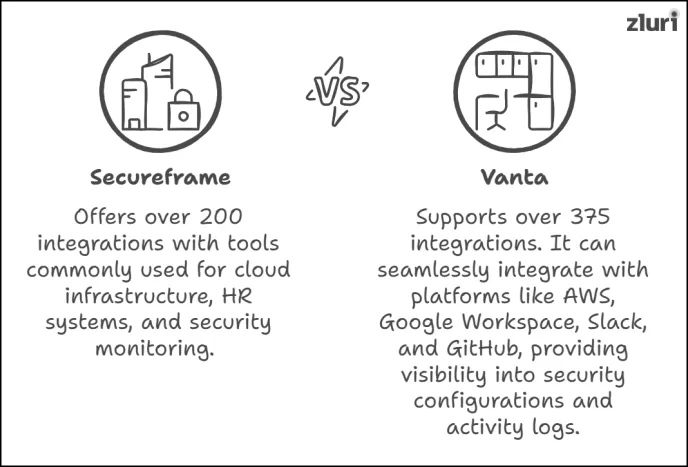
- Secureframe offers over 200 integrations with tools commonly used for cloud infrastructure, HR systems, and security monitoring. Its integration features include:
- Multi-framework support: Secureframe’s integrations support compliance with SOC 2, ISO 27001, HIPAA, PCI DSS, and more, enabling organizations to monitor compliance across multiple frameworks.
For example, it can pull encryption logs from AWS, track employee training status in BambooHR, and monitor firewall configurations in Azure- all in one platform.
- Automated evidence collection: Integrations streamline data gathering for compliance audits by pulling evidence directly from connected systems. For instance, it can fetch security logs from Okta to verify access control policies, saving time and effort.
- Simplified workflows: Secureframe’s integrations help your team automate remediation tasks and track security gaps in real-time. For example, if Secureframe detects non-compliance in a cloud setting, it sends alerts to Slack and assigns remediation tasks in Jira automatically.
Secureframe is ideal for large enterprises managing complex compliance needs and looking to reduce manual processes through automated workflows.
Also Read: How To Automate Compliance Workflows?
- Vanta supports over 375 integrations, focusing on rapid compliance enablement and real-time automation. Key features include:
- Broad tool integration: Vanta’s extensive integration covers platforms like AWS, Google Workspace, Slack, and GitHub, providing visibility into security configurations and activity logs.
For example, Vanta can instantly verify MFA settings in Okta and identity misconfigurations.
- Real-time compliance monitoring: Vanta continuously monitors connected systems to ensure compliance status is always up-to-date and alerts teams about security gaps.
For example, if a vulnerability appears in AWS security groups, Vanta flags the issue and suggests remediation steps.
- Automation for fast audits: Its integrations prioritize speed and automation, making it easier for startups and fast-growing businesses to achieve compliance quickly.
Vanta is perfect for organizations looking for quick deployment, real-time monitoring, and automated audit preparation.
7. Pricing & Customer Rating
Let’s compare Secureframe vs Vanta based on pricing models and customer satisfaction ratings.
- Secureframe Pricing Structure
Secureframe offers two primary services: TRUST and COMPLY, each tailored to specific compliance needs.
- Secureframe TRUST focuses on compliance gap analysis and identifying security vulnerabilities. Pricing depends on the size and complexity of the organization.
- Secureframe COMPLY provides access to the compliance platform for monitoring, automated checks, and audit preparation.
- Base price: Starts at $7,500 per framework activated.
- Employee pricing: An additional $7,500 annually is charged for the first 100 employees.
Example: A mid-size business activating SOC 2 and ISO 27001 compliance frameworks for 150 employees could expect an annual fee of $22,500 ($7500 x 2 frameworks + $7500 for employees).
Trail/Demo: Secureframe offers a two-week free trial and a custom demo for detailed exploration.
Best For: In terms of Secureframe vs Vanta pricing, Secureframe is generally a better fit for larger organizations or those needing extensive customization and multiple frameworks.
- Vanta Pricing Structure
Vanta takes a tiered pricing approach with predictable costs and no hidden increases during renewals:
- Core: Designed for small teams with basic compliance needs and limited integrations.
- Growth: Adds advanced features for mid-sized organizations that need more automation.
- Scale: Build for large enterprises requiring extensive integrations and automated workflows.
Pricing Transparency: The final quote depends on company size, frameworks needed, and specific integrations.
Trial/demo: Vanta offers a free demo and consultation to determine the best plan for your needs.
Best For: In comparison to Secureframe vs Vanta, Vanta’s tiered pricing structure is ideal for growing organizations that need a scalable, cost-effective solution with clear pricing tiers..
Customer Rating for Secureframe
- G2: 4.7/5
- Capterra: 4.8/5
Customer Rating for Vanta
- G2: 4.6/7
- Capterra: 4.7/5
Secureframe vs Vanta: Which Compliance Software Offers Better Value?
When deciding between Secureframe vs Vanta, evaluating your organization’s unique compliance needs and goals is essential. Both tools offer robust features that can help streamline your compliance processes, but their strengths cater to different requirements. Here’s how to choose the right one for your organization:
- Assess the complexity of your compliance needs: If your organization requires advanced policy management, detailed control frameworks, and comprehensive vendor risk analysis, Secureframe vs Vanta comparison shows that Secureframe may be the best fit. Secureframe excels in complex compliance environments, making it ideal for businesses with a long-term focus on compliance and multiple regulatory frameworks. Its AI-driven automation and advanced reporting tools are perfect for organizations that need customized control over their compliance journey.
Also Read: Top 12 Compliance Reporting Software
- Prioritize automation and scalability: Vanta vs Secureframe often comes down to automation and continuous monitoring. Vanta stands out if your organization’s primary goal is automation and continuous monitoring. Its strengths lie in real-time tracking, easy-to-use interfaces, and scalability. Vanta’s platform allows for seamless integration with existing tools and provides automated compliance reports, making it perfect for organizations needing to accelerate compliance without heavy manual effort. If you need a solution that quickly adapts to your needs and scales with your growth, Vanta is a solid choice.
- Consider your existing team and resources: When comparing Secureframe vs Vanta, consider how either solution fits into your current workflows and resources. Secureframe is ideal for teams with a dedicated compliance department that can handle the complexity of long-term compliance initiatives. On the other hand, Vanta works well for organizations with limited compliance resources or those looking for a solution that integrates quickly into existing operations. Vanta’s focus on ease of use and minimal manual effort makes it a great choice if you need something to implement quickly.
- Adaptability and future growth: Consider whether your needs will grow or evolve. If your compliance demands are expected to increase in complexity, Secureframe’s scalability allows it to adapt and expand with your business. While more focused on compliance areas, Vanta offers a flexible solution for growing businesses, ensuring your organization remains compliant as it scales.
Opt For A Platform That Aligns With Your Evolving Needs
Ultimately, choosing between Secureframe vs Vanta depends on your organization’s size, compliance needs, and long-term strategy. Whether you prioritize comprehensive control frameworks or automated compliance monitoring, both platforms offer exceptional value.
By assessing your organization’s specific goals and resources, you can make an informed decision that ensures a streamlined and efficient compliance process. Consider what matters most to your team- whether it’s deep control management or simplicity and automation- and choose the solution that best supports your journey toward robust, continuous compliance. The Secureframe vs Vanta decision should be driven by what will serve your evolving compliance needs both now and in the future. Moreover, if you don’t want to stay limited to the features of these two platforms, i.e., Secureframe vs Vanta offers, you can reach out to experts at Zluri and book a demo to understand what more it offers.
Frequently Asked Questions (FAQs)
1. Which platform, Secureframe vs Vanta, is better for a startup?
When comparing Secureframe vs Vanta, Vanta is generally the better option for startups due to its easy-to-use interface, quick deployment, and automation features. It allows fast-growing companies to meet compliance requirements efficiently without the need for a large dedicated compliance team. Secureframe is more suited to larger organizations with complex and long-term compliance needs.
2. What is compliance certification, and how does Secureframe vs Vanta support it?
Compliance certification ensures an organization meets regulatory standards. Both the platforms (i.e., Secureframe vs Vanta) streamline this process, with Secureframe supporting complex, multi-framework needs and Vanta helping startups achieve rapid certification with real-time monitoring and automation.


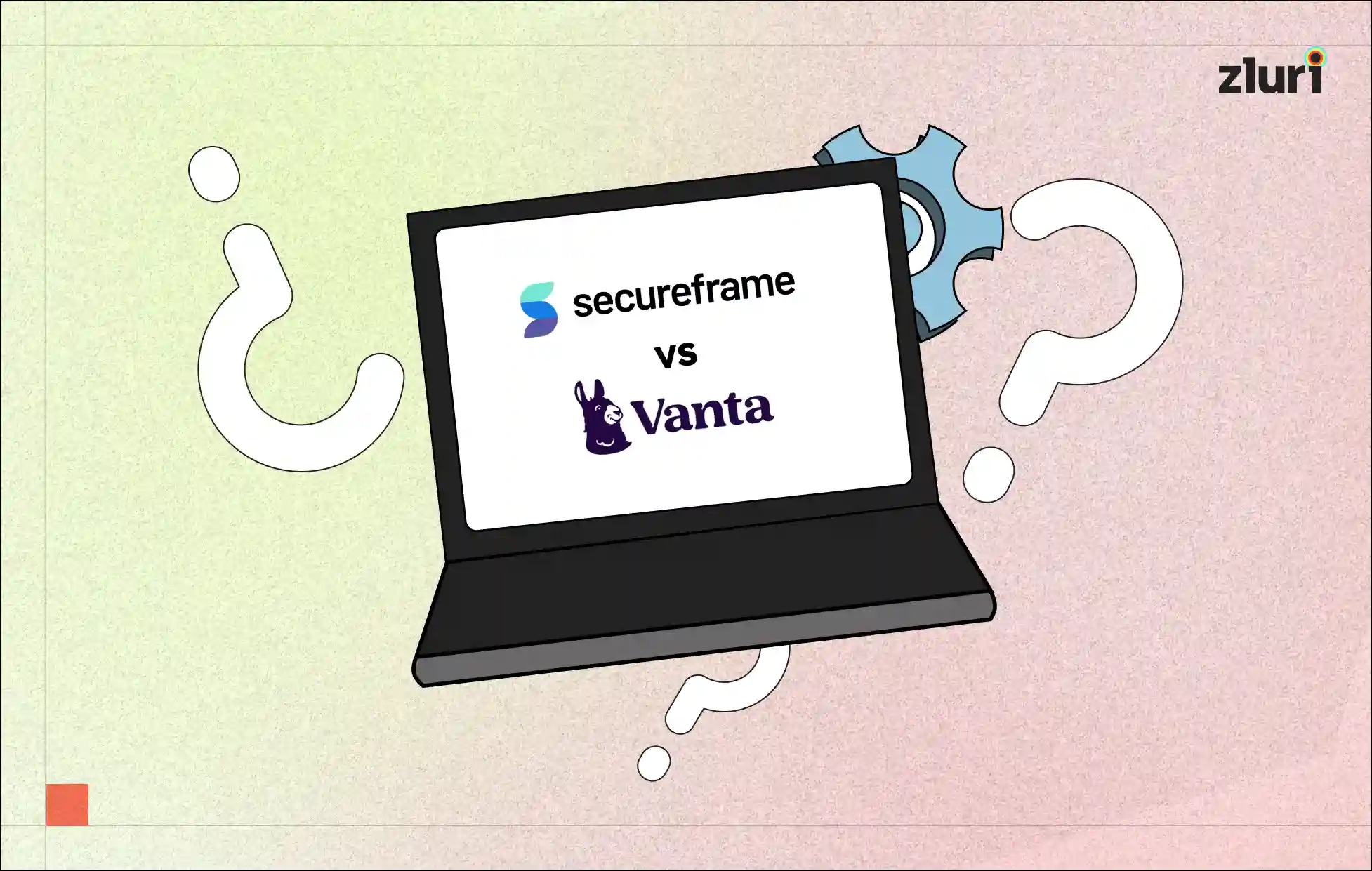





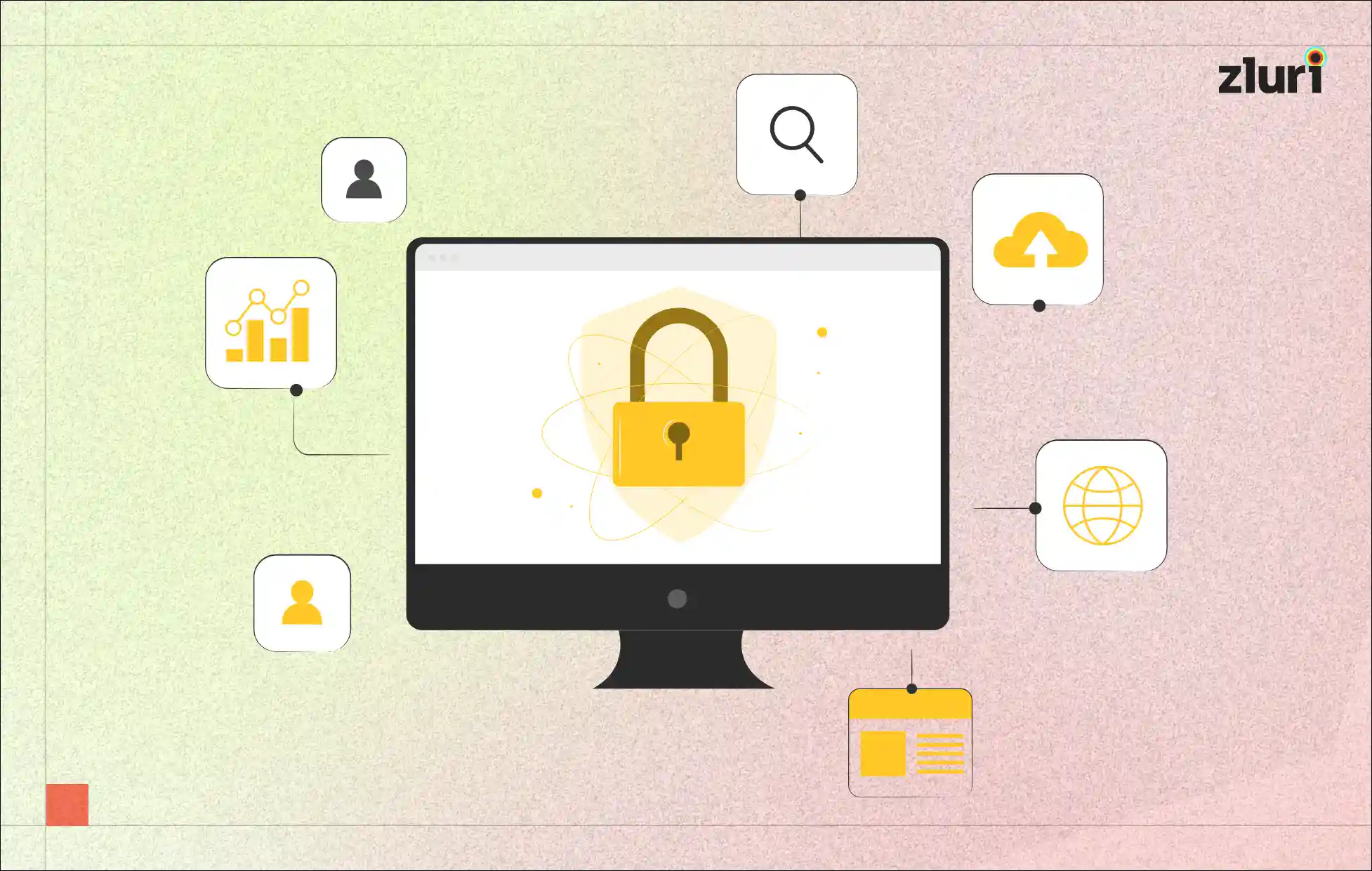
.svg)



